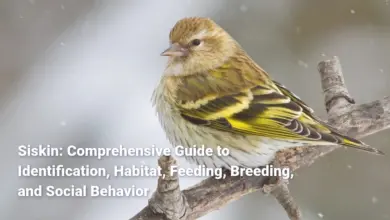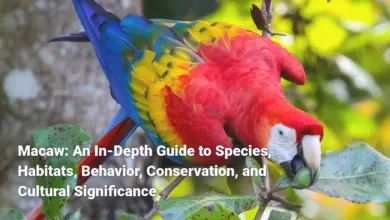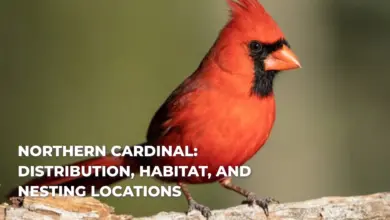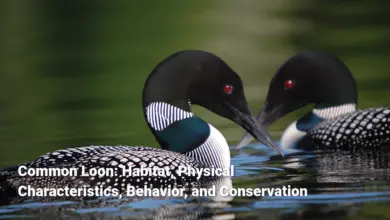Vulture Bird: Habitat, Feeding Habits, and Conservation
Vulture Birds are often misjudged and misunderstood creatures, primarily due to their scavenging nature and association with death. In many cultures, they are seen as harbingers of doom, yet these birds play an indispensable role in our ecosystems. They act as nature’s clean-up crew, efficiently consuming carrion and helping to control the spread of diseases.
With their remarkable adaptations, including keen eyesight or a strong sense of smell, Vulture Birds are expertly designed for their role in the food chain. This article will delve into the various aspects of Vulture Birds, examining their habitat, feeding habits, species diversity, ecological significance, conservation status, and cultural importance, all while highlighting the unique characteristics that make these birds worthy of admiration rather than disdain. The journey into the world of Vulture Birds reveals a fascinating tapestry of life that is as beautiful as it is complex.
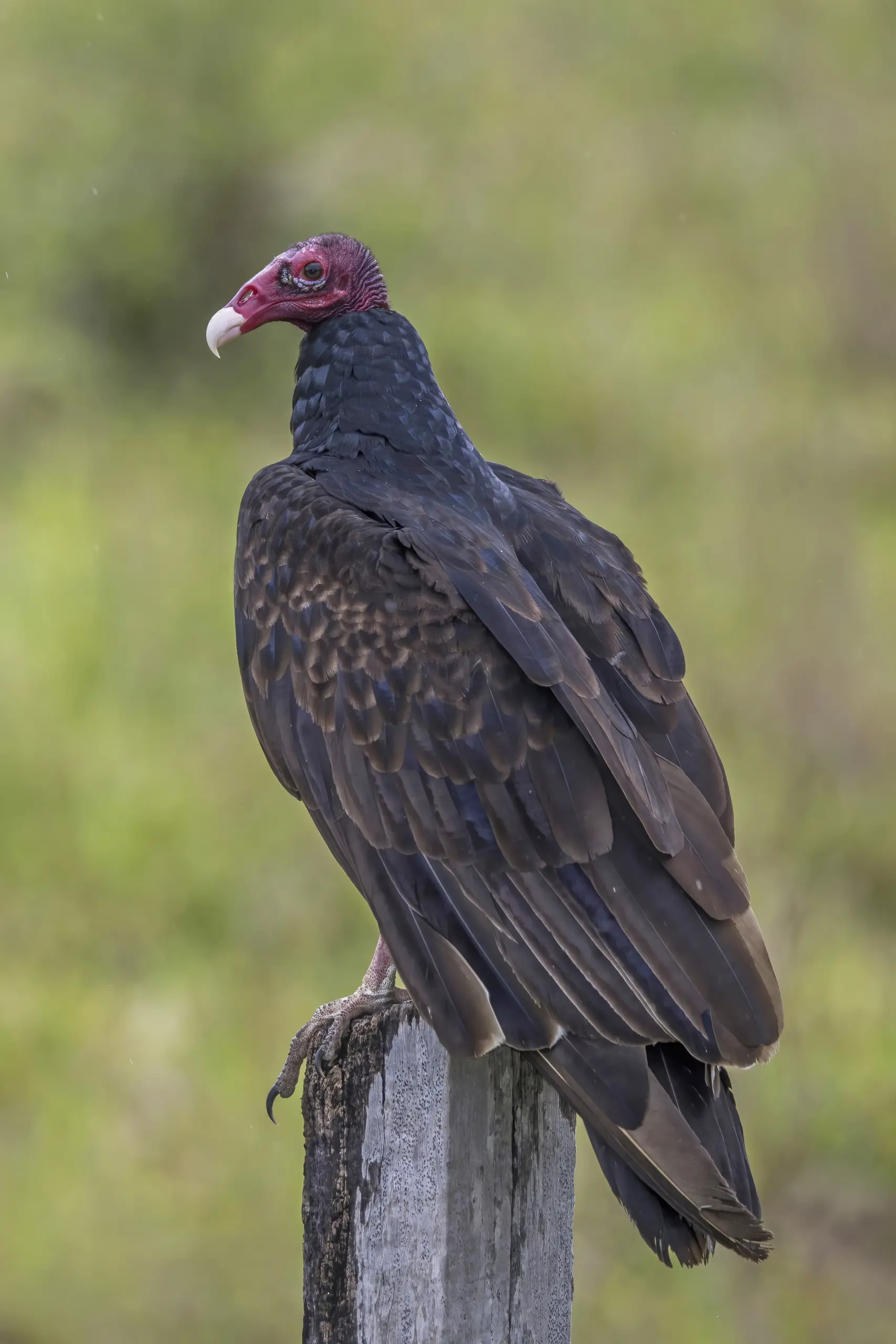
Habitat of Vulture Birds
Vultures are resourceful birds that adapt to a wide range of habitats around the globe, as long as there is access to their main food source: carrion. This adaptability is essential for their survival, especially in an era of rapidly changing environmental conditions. When comparing the habitats of vultures, one could imagine them as skilled detectives, using their remarkable eyesight to scour vast landscapes for the telltale signs of a meal. From open savannas to arid deserts, their range encompasses diverse environments that exhibit profound contrasts in plant and animal life.
Types of Habitats Occupied by Vulture Birds
- Open Plains and Savannas: These expansive areas are the prime hunting grounds for many vulture species, such as the White-backed Vulture (Gyps africanus). With their keen eyesight, vultures can soar high above the landscape, scanning for carcasses in the golden grasses. The open terrain not only aids in spotting food, but it also allows for social interactions among vultures, as they often gather in groups at carcasses.
- Deserts: Despite their harsh conditions, some vultures, such as the Lappet-faced Vulture (Torgos tracheliotos), are well adapted to desert ecosystems. Their long wings and ability to fly great distances enable them to traverse vast stretches of land in search of food. In these sparse environments, vultures are opportunistic scavengers, exploiting any available carrion from natural deaths or migrations of other wildlife.
- Wooded Areas and Mountains: While larger vultures prefer open habitats, smaller species can thrive in wooded regions. Here, they may use trees as vantage points to locate potential food sources. The Egyptian Vulture (Neophron percnopterus), for instance, is known to inhabit forested areas where it can forage for both carrion and small vertebrates.
- Urban Areas: Human settlements have also become a part of vultures’ habitats, particularly in regions with high-density populations. Species like the Black Vulture (Coragyps atratus) have been seen scavenging in landfills and near slaughterhouses, where they can find an abundant supply of food. This shift highlights their adaptability to changing environments, as they take advantage of the opportunities presented by human activities.
Environmental Conditions Favoring Vulture Bird Presence
The presence of vultures is greatly influenced by specific environmental factors that create favorable conditions for their survival. These birds are particularly reliant on regions where carrion is readily available and where they can soar with little resistance. The optimal conditions favoring vulture populations include:
- Warm Climates: Vultures tend to flourish in warmer environments where thermals columns of rising warm air are prevalent. These thermals assist them in soaring efficiently over long distances in search of food without expending excessive energy.
- Diverse Ecosystems: Habitats that support a variety of wildlife ensure a consistent supply of carrion. Areas near large populations of herbivores, for instance, become a magnet for vultures due to the natural mortality rates associated with their prey species.
- Proximity to Water Sources: Vulture habitats adjacent to water bodies often attract game animals, which increases the likelihood of finding carrion. Carrying out their foraging activities near these water sources allows vultures to remain vigilant about potential food sources while also drinking and cooling themselves.
- Low Human Disturbance: While vultures can adapt to urban environments, they thrive best in areas with low human disturbance, which ensures they have uninterrupted access to carrion. Protecting core habitats from industrialization and urban expansion is critical to maintaining vulture populations.
Ultimately, vultures exemplify incredible adaptability in their habitat choices, allowing them to thrive despite the changes brought about by climate and human activities. Their success is intertwined with the ecosystems they inhabit, making them essential players in maintaining ecological balance.
Feeding Habits of Vulture Birds
The feeding habits of vultures are as fascinating as their habitats. As obligate scavengers, vultures have evolved numerous adaptations that enable them to locate and consume carrion effectively. Their feeding habits reflect a harmony with the environment, showcasing their role in nature’s intricate cycles.
Dietary Preferences of Vulture Birds
- Primary Diet: Vultures primarily feed on the remains of dead animals. Their preference for larger carcasses, such as those of ungulates like cattle and horses, allows them to extract maximum nutrition from their meals. Vultures often exhibit a communal feeding behavior, where multiple birds gather around a carcass, allowing for rapid consumption before other scavengers arrive.
- Opportunistic Feeding: Some vulture species, like the Black Vulture, display opportunistic feeding habits by scavenging in landfills and consuming agricultural waste or even fresh fruit when carrion is scarce. This ability to adapt their diet allows them to thrive in varying environments, especially where traditional food sources might be limited.
- Social Feeding: Vultures rely on social cues to find food, often forming large groups when feeding. The presence of one vulture can signal others to gather, as they know that together they can defend the carcass against competing scavengers. This social structure highlights the cooperative behavior prevalent within vulture communities.
- Digestive Adaptations: Vultures possess specialized digestive systems that include extremely acidic stomachs, which enable them to safely consume decomposing meat containing harmful pathogens. This adaptation has made vultures invaluable in disease control and nutrient recycling within ecosystems.
Scavenging Behavior and Techniques
- Practical Innovations: Vultures exhibit unique scavenging techniques that demonstrate their evolutionary adaptations. They are adept at exploiting soft entry points on carcasses, such as the mouth or eyes, allowing for efficient access to the meat while minimizing energy expenditure.
- Communal Roosting: Vultures often roost together, forming communal groups that serve as network hubs for information about food availability. These gatherings allow them to communicate and share details on locational cues for carrion, enhancing the foraging success of the group.
- Aggressive Feeding Dynamics: When multiple vultures converge on a carcass, competition for food becomes fierce. They engage in aggressive behaviors to establish feeding hierarchies, determining who feeds first. This competitive nature is a testament to the high-stakes environment in which vultures thrive.
- Urban Feeding Adaptations: In urban environments, vultures have adapted their feeding habits to maximize their success. They are often found in landfills, where the abundance of refuse provides ample opportunity to scavenge for food. This adaptability emphasizes their resilience in the face of changing habitats and emerging food sources.
These feeding habits and scavenging techniques not only showcase vultures’ remarkable adaptability but also highlight their crucial ecological role in nutrient cycling, waste management, and disease control, making their preservation vital for the health of ecosystems.
Types of Vulture Bird Species
Globally, vultures can be classified into two primary groups: New World vultures and Old World vultures. Each group exhibits unique characteristics that reflect their adaptations to their respective environments and feeding habits.
New World Vultures
New World vultures, part of the family Cathartidae, include seven extant species found predominantly in the Americas. They are recognized for unique traits such as a highly developed sense of smell that enables them to locate carrion effectively. Below is an overview of some notable New World vulture species:
- American Black Vulture (Coragyps atratus): This species is easily recognizable due to its black plumage and featherless grayish-black head. It has a wide distribution, extending from the southeastern United States down to South America. Adaptable scavengers, they are often seen feeding on carrion around human settlements.
- Turkey Vulture (Cathartes aura): Known for its characteristic reddish head, the turkey vulture ranges from southern Canada to the southernmost tip of South America. It possesses an exceptional sense of smell and can detect the scent of decomposition from several miles away. This capability sets it apart from most Old World vultures.
- California Condor (Gymnogyps californianus): Once critically endangered, this species has made a remarkable recovery due to extensive conservation efforts. Known for its massive wingspan, the California condor is one of the largest birds in North America. Its scavenging diet plays a key role in maintaining ecological balance in its range.
- Andean Condor (Vultur gryphus): As one of the largest flying birds in the world, the Andean condor inhabits the high Andes. Its impressive size and soaring capabilities allow it to spot carrion from remarkable distances, ensuring its survival in challenging mountain environments.
Old World Vultures
Old World vultures belong to the family Accipitridae and consist of 16 different species primarily found in regions across Europe, Asia, and Africa. Their reliance on acute eyesight rather than smell to locate carrion is a defining characteristic. Below are some representative species:
- Palm-nut Vulture (Gypohierax angolensis): This vulture is unique in its feeding preferences, primarily consuming fruits of the oil palm alongside smaller animals. Found in sub-Saharan Africa, it plays a role in seed dispersal in its habitat.
- Egyptian Vulture (Neophron percnopterus): This fascinating species is known for its diverse diet, which includes carrion as well as small reptiles and mammals. The Egyptian vulture has suffered habitat destruction, leading to its classification as endangered.
- Bearded Vulture (Gypaetus barbatus): Known for its unusual bone-eating habits, the bearded vulture consumes more than 70% of its diet from bones. This specialized feeding technique showcases its role as a unique member of the vulture family.
- Himalayan Vulture (Gyps himalayensis): One of the largest vultures in Asia, the Himalayan vulture thrives in high-altitude environments. It has faced threats from habitat loss, making conservation efforts crucial for its survival.
By understanding the diversity among vulture species, it becomes clear that these birds play vital roles within their respective ecosystems. Their behavioral adaptations and ecological significance illustrate the necessity of protecting vultures in the context of conservation efforts to ensure the health of our planet.
Vulture Birds and Ecosystem Balance
Vultures are often described as nature’s cleanup crew, effectively recycling nutrients and maintaining ecological balance through their scavenging habits. Their roles are vital in preventing the accumulation of dead animals, which, if left unchecked, could lead to outbreaks of disease and attract pests.
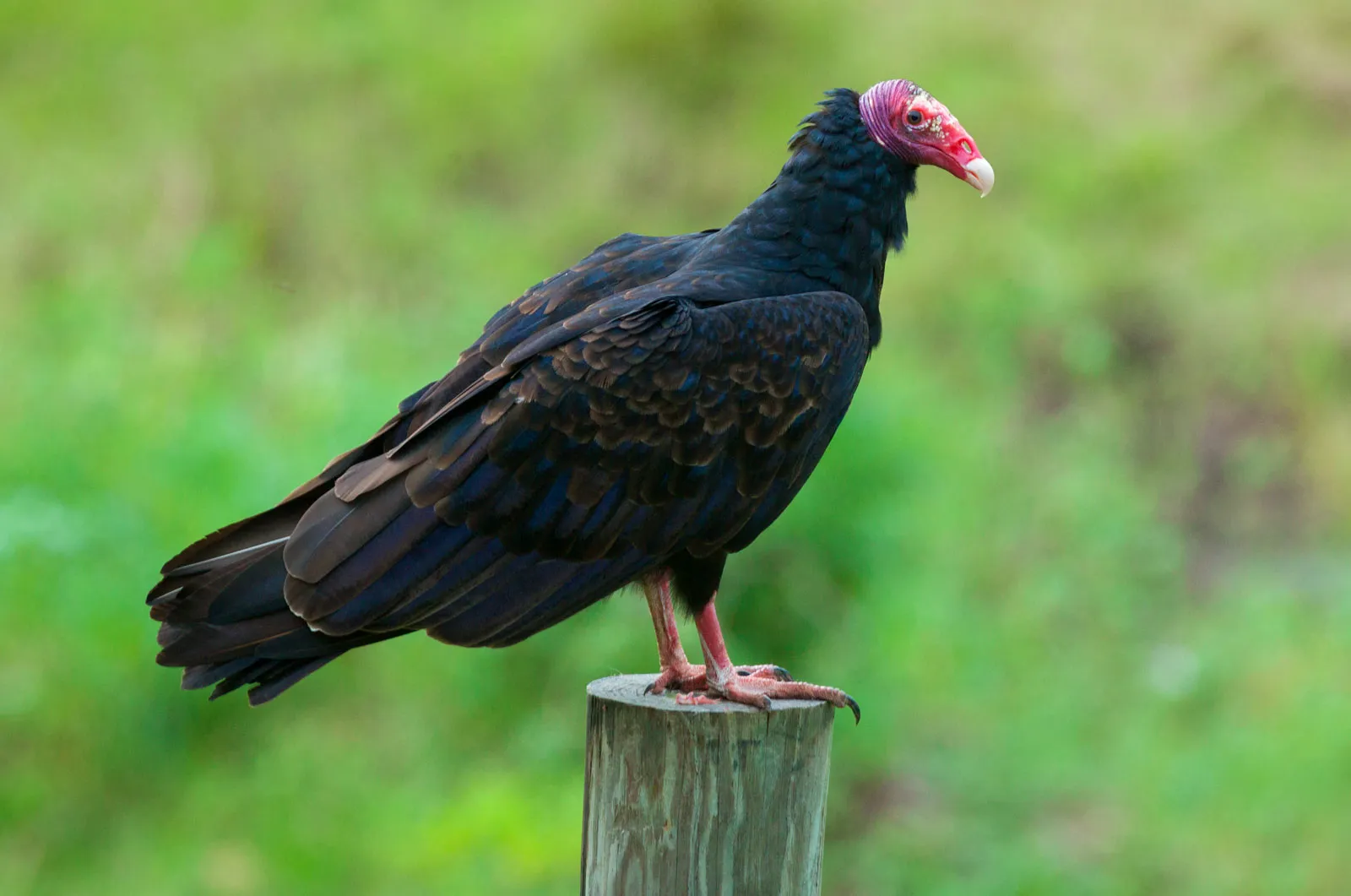
Role of Vultures in the Food Chain
Vultures occupy a crucial position in the food chain as obligate scavengers. They consume the carcasses of dead animals, effectively preventing disease outbreaks by eliminating potential sources of infection. The following points illustrate their ecological importance:
- Nutrient Recycling: By consuming decaying flesh, vultures recycle nutrients back into the soil, enriching their habitats and supporting the growth of plants. This nutrient cycle plays a fundamental role in sustaining both flora and fauna.
- Population Control: Vultures help regulate populations of other scavengers, such as rodents and feral dogs, by consuming carcasses quickly. This regulation helps maintain a balanced ecosystem, preventing overpopulation of species that rely on the same resources.
- Public Health Guardians: The ability of vultures to safely consume decomposing flesh and pathogens makes them essential in controlling the spread of zoonotic diseases, which can affect both animals and humans. Their scavenging activities contribute to public health by minimizing risks associated with rotting carcasses.
- Impact of Population Declines: The decline of vulture populations has been linked to significant public health issues. For example, following the reduction of vultures in India, populations of feral dogs rose dramatically, leading to increased cases of rabies and other diseases. This direct correlation underscores their role as a critical component of ecological stability.
The absence of vultures can have cascading consequences, illustrating the integral part these birds play in maintaining ecosystem balance. Their scavenging habits are not merely a survival strategy; they serve as a buffer against the rapid spread of disease and an essential mechanism for nutrient recycling.
Impact of Vultures on Disease Control
Vultures contribute significantly to disease control by rapidly consuming carrion that may harbor pathogens. Their feeding habits serve as a natural biohazard prevention system, preventing outbreaks of diseases that could have severe impacts on both wildlife and human populations. Here are some aspects that highlight their role in disease control:
- Efficient Decomposition: Vultures are incredibly efficient scavengers, often consuming carcasses within hours of death. By removing these potential disease sources from the environment, they help mitigate the risks associated with decomposing organic matter.
- Pathogen Removal: Vultures have evolved highly acidic stomachs capable of neutralizing many pathogens found in decaying flesh. Consequently, their consumption of carrion can significantly decrease the microbiological load in the environment, curbing the proliferation of harmful bacteria.
- Historical Case Studies: In areas where vulture numbers have declined such as parts of South Asia and Africa that rapid removal has been compromised. These regions have observed an increase in feral dog populations associated with poor waste management. Feral dogs, lacking a natural predator, have become vectors of zoonotic diseases, affecting human health.
- Cost-effective Public Health Tool: Utilizing vultures as a public health tool offers an economical solution compared to mechanical waste disposal methods. Promoting vulture populations not only supports biodiversity but also provides a natural way to manage waste and safeguard public health.
Across the globe, vultures perform a function integral to ecological and public health. Their role in disease control exemplifies the intricate connections within ecosystems and illustrates why vultures deserve recognition and protection.
Conservation Status of Vulture Birds
The conservation status of vultures has become a pressing issue, with many species facing imminent extinction. Globally, vultures are classified as endangered or critically endangered, with several populations suffering drastic declines in recent decades.
Threats Facing Vulture Populations
The alarming decline of vulture populations can be attributed to several interconnected threats that stem primarily from human activities:
- Poisoning: Both intentional and unintentional poisoning has emerged as a leading cause of vulture mortality. In regions where carcasses are deliberately poisoned to eliminate other predators, vultures inadvertently ingest the toxins, leading to rapid population declines.
- Veterinary Drug Contaminations: The use of veterinary drugs, particularly diclofenac, has severely impacted vulture populations, especially in Asia. When livestock treated with these drugs die, vultures that consume the carcasses can suffer renal failure, leading to deaths. This practice has contributed to declines of up to 99% in certain vulture species.
- Habitat Loss: As agricultural expansion and urban development continue to encroach upon natural habitats, vultures are losing the safe spaces they need for foraging and nesting. The destruction of habitats undermines their ability to locate food efficiently.
- Electrocution and Collisions: Power lines and renewable energy infrastructures pose threats to vultures, as they are often electrocuted or collide with these manmade structures while foraging.
- Cultural Practices: Traditional medicine practices that consider vulture parts as valuable can lead to targeted hunting, thereby threatening their already declining numbers. Each of these threats contributes to the overall fragility of vulture populations.
Efforts in Vulture Conservation
Recognizing these threats, various international and local initiatives have emerged to conserve vulture populations and educate communities about their ecological roles. Some of these efforts include:
- Multi-species Action Plans: Programs aiming to halt vulture population declines involve comprehensive strategies to mitigate poisoning incidents, protect breeding grounds, and restore habitats. Collaborative efforts among governments, NGOs, and local communities play a pivotal role in these conservation plans.
- Vulture Safe Zones: Designated vulture-safe areas have been established to provide safe foraging environments that are free from poisons. These zones facilitate the recovery of vulture populations in regions where traditional food sources may have been contaminated.
- Community Education and Engagement: Conservation initiatives emphasize community involvement in vulture monitoring and protection. Vulture Support Groups and educational campaigns aim to shift cultural perceptions regarding vultures and promote conservation awareness.
- Legal Protections: Many countries have introduced legal frameworks to protect vultures from hunting and habitat destruction. Improved legislation is critical in safeguarding vital landscapes and breeding sites.
By addressing the multifaceted challenges facing vultures, concerted conservation efforts aim to stabilize and restore populations critical for maintaining ecological balance. Yet, these initiatives require continued collaboration and engagement to ensure a future where vultures can thrive.
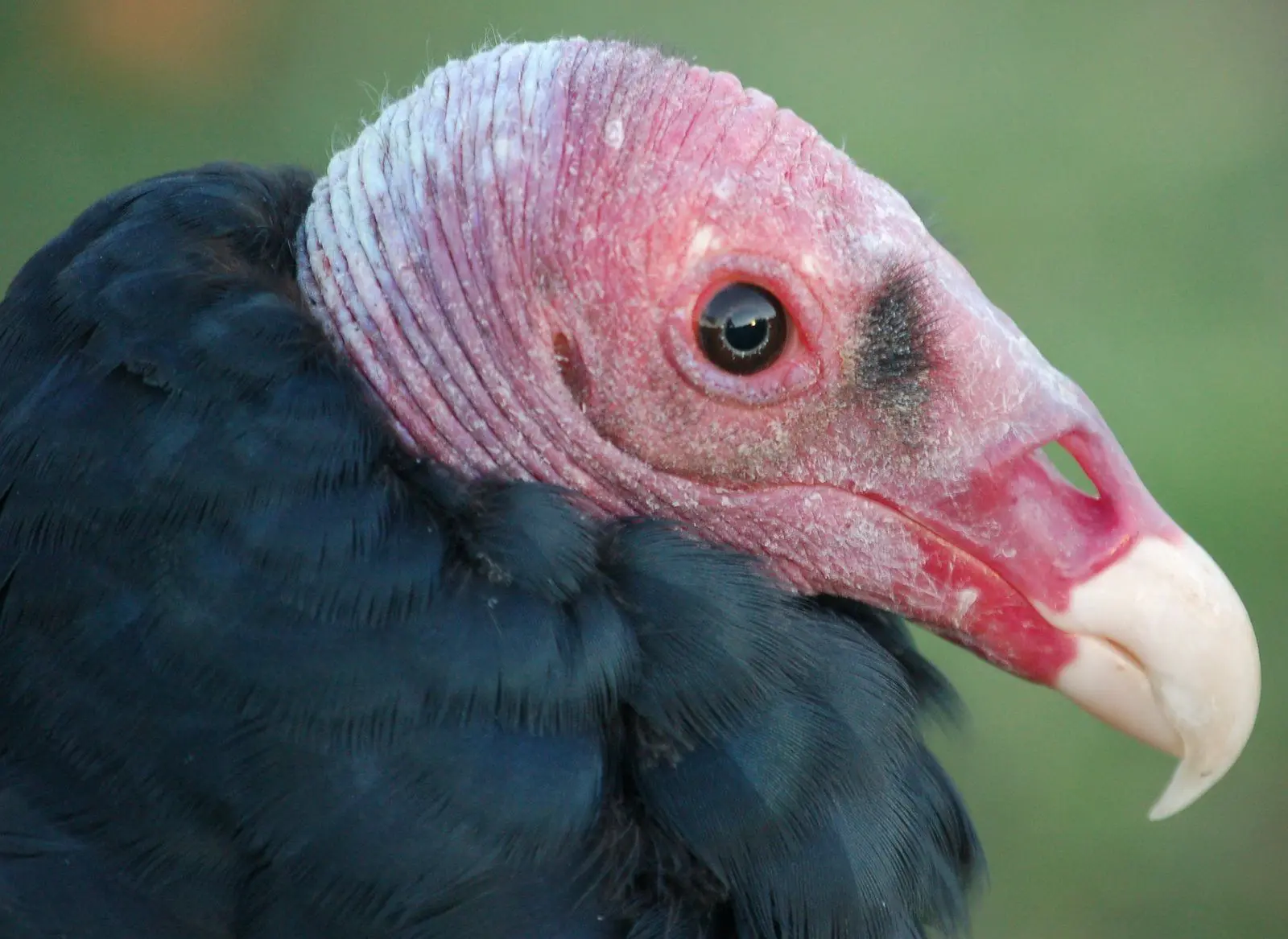
Cultural Significance of Vulture Birds
Beyond their ecological roles, vultures hold profound cultural significance across various societies, often embodying themes of renewal, transformation, and the cycle of life and death. From mythology to art, vultures have captured human imagination for centuries, illustrating the diverse meanings they hold in different contexts.
Vultures in Mythology and Folklore
- Ancient Egyptian Mythology: In ancient Egypt, vultures played a revered role, symbolizing protection and maternal care. The goddess Nekhbet, often depicted as a vulture, represented the guardian of Upper Egypt. Vultures’ associations with mummification and the afterlife emphasize their significance in cultural traditions surrounding death and rebirth.
- Native American Folklore: In many Native American cultures, vultures represent cleansing and purification, believed to protect the earth by consuming carrion. They are often considered messengers between the physical and spiritual realms, embodying wisdom and strength in rituals and storytelling.
- Hindu Mythology: In Hinduism, vultures are connected to deities representing death and renewal. For instance, Kali, known as a goddess of destruction, is often depicted surrounded by vultures, symbolizing transformation through death. The birds facilitate the flow of souls through the afterlife, highlighting their spiritual importance.
- Tibetan Sky Burial: In Tibetan culture, vultures are revered as sacred beings that play a critical role in sky burials. In these practices, bodies are left on mountaintops for vultures to consume, reflecting a deep understanding of life and death and emphasizing the interconnectedness of all beings.
Vultures in Art and Literature
- Symbolist Movement: Artists and poets in the Symbolist movement have utilized vultures as metaphors for decay and the complexities of existence. Their imagery evokes themes of mortality and transformation, inviting contemplation on life’s impermanence and the beauty that emerges through decay.
- Medieval Bestiaries: Vultures appeared in medieval bestiaries, where they were often portrayed alongside other animals to convey moral lessons. They symbolized divine providence and the natural order, serving as reminders of the ecological balance necessary for a healthy environment.
- Contemporary Perspectives: Modern art has recontextualized vultures as symbols of survival and ecological awareness. Artists use these birds to critique environmental issues and emphasize the importance of preserving natural systems, transforming the perception of vultures from mere scavengers to effective symbols of environmental resilience.
Through myth, folklore, and art, vultures transcend their roles as scavengers to embody deeper themes connected to life, death, and harmony within natural systems. Their cultural significance enhances our understanding of their ecological roles while reinforcing the importance of conservation.
In conclusion, vultures are remarkable birds that play integral roles within ecosystems through their scavenging habits, promoting cleanliness and public health. As obligate scavengers, they possess adaptations that allow them to thrive in diverse habitats and serve as a crucial part of the food chain. Sadly, their populations are declining due to a variety of human-induced threats, warranting concerted conservation efforts to protect their futures. Furthermore, their cultural significance highlights the complex relationships humans have with nature, serving as a reminder of the overlapping tapestry that connects us all in this intricate web of life. The story of vultures serves as both a call to action for their conservation and an acknowledgment of the beauty found in nature’s delicate balance. By striving to safeguard these remarkable birds, we maintain not just the health of ecosystems but also the cultural narratives that shape our understanding of the world around us.





